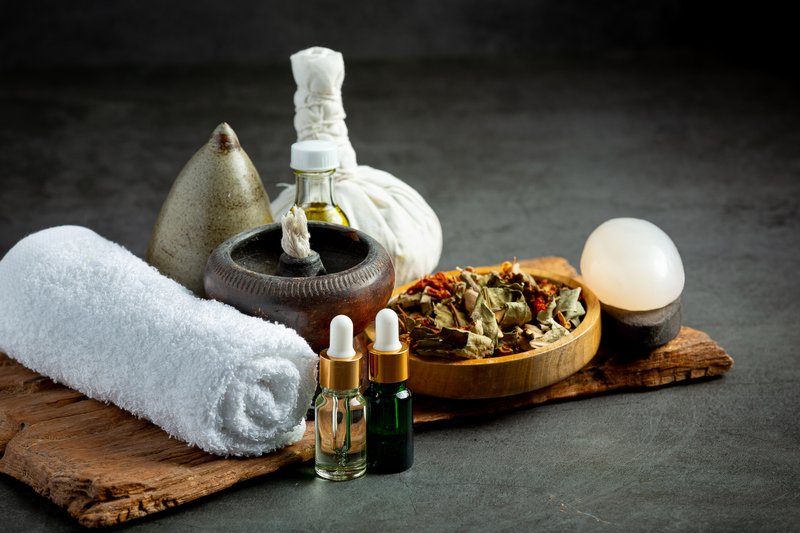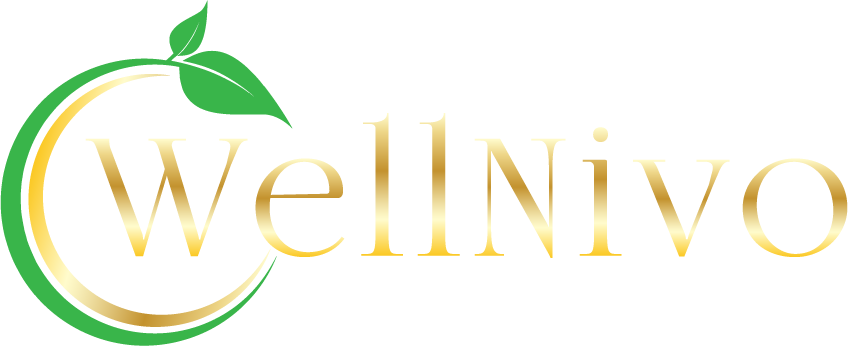
What is Panchkarma in Ayurveda?
Panchkarma is a traditional method of Ayurvedic medicine that involves a series of treatments and procedures to cleanse the body of toxins and impurities. The word “panchkarma” means “five treatments,” and it is designed to restore balance to the body and mind by removing harmful toxins and promoting overall health and well-being.
The five main treatments of panchkarma are:
- Virechana (therapeutic purgation)
- Nasya (nasal administration of medicated oil)
- Vamana (therapeutic emesis)
- Basti (medicated enema)
- Raktamokshana (blood-letting)
Vamana
Vamana is a treatment that involves inducing vomiting to remove toxins from the body. This is typically done under the guidance of an Ayurvedic practitioner, who will use herbal remedies and other natural methods to stimulate the body’s natural process of detoxification. This treatment is typically recommended for people who suffer from respiratory problems, such as asthma and bronchitis, as well as for those who are prone to allergies or have a history of skin problems.
Virechana
Virechana is another treatment that involves purging the body of toxins through the use of herbal laxatives. This treatment is typically recommended for people who suffer from digestive problems, such as constipation or diarrhea, as well as for those who have a history of liver or gallbladder problems.
Nasya
Nasya is a treatment that involves the use of medicated oils or herbal preparations to cleanse the nasal passages and sinuses. This treatment is typically recommended for people who suffer from headaches, sinus problems, or other respiratory issues.
Basti
Basti is a treatment that involves the use of medicated oils or herbal preparations to cleanse the colon. This treatment is typically recommended for people who suffer from constipation or other digestive problems, as well as for those who have a history of lower back pain or other issues with the lower body.
Raktamokshana
Raktamokshana is a treatment that involves the use of blood-letting to remove toxins from the body. This treatment is typically recommended for people who suffer from skin problems, such as acne or eczema, as well as for those who have a history of blood disorders or other issues with the circulatory system.
It is important to note that all the above treatments are done under the guidance of an Ayurvedic practitioner and are tailored to the specific needs and conditions of the individual. It is also important that a person undergoes a proper diagnosis and examination before undergoing Panchakarma.
Panchkarma is not just a set of treatments, but it is a full-fledged procedure that has a pre-treatment, main treatment, and post-treatment phase. The pre-treatment phase involves preparing the body for the main treatment by following a special diet, taking herbal supplements and performing certain lifestyle changes. This helps to loosen the toxins and make them more accessible for elimination. The main treatment phase is when the actual Panchakarma procedures are performed. The post-treatment phase is when the body is given time to recover and rejuvenate.
Panchkarma is a powerful form of Ayurvedic medicine that can be used to treat a wide variety of health conditions. It is particularly effective at removing toxins and impurities from the body, which can help to improve overall health and well-being. However, it is important to note that Panchkarma should only be performed under the guidance of a qualified Ayurvedic practitioner, as it can be a complex and powerful form of treatment.
